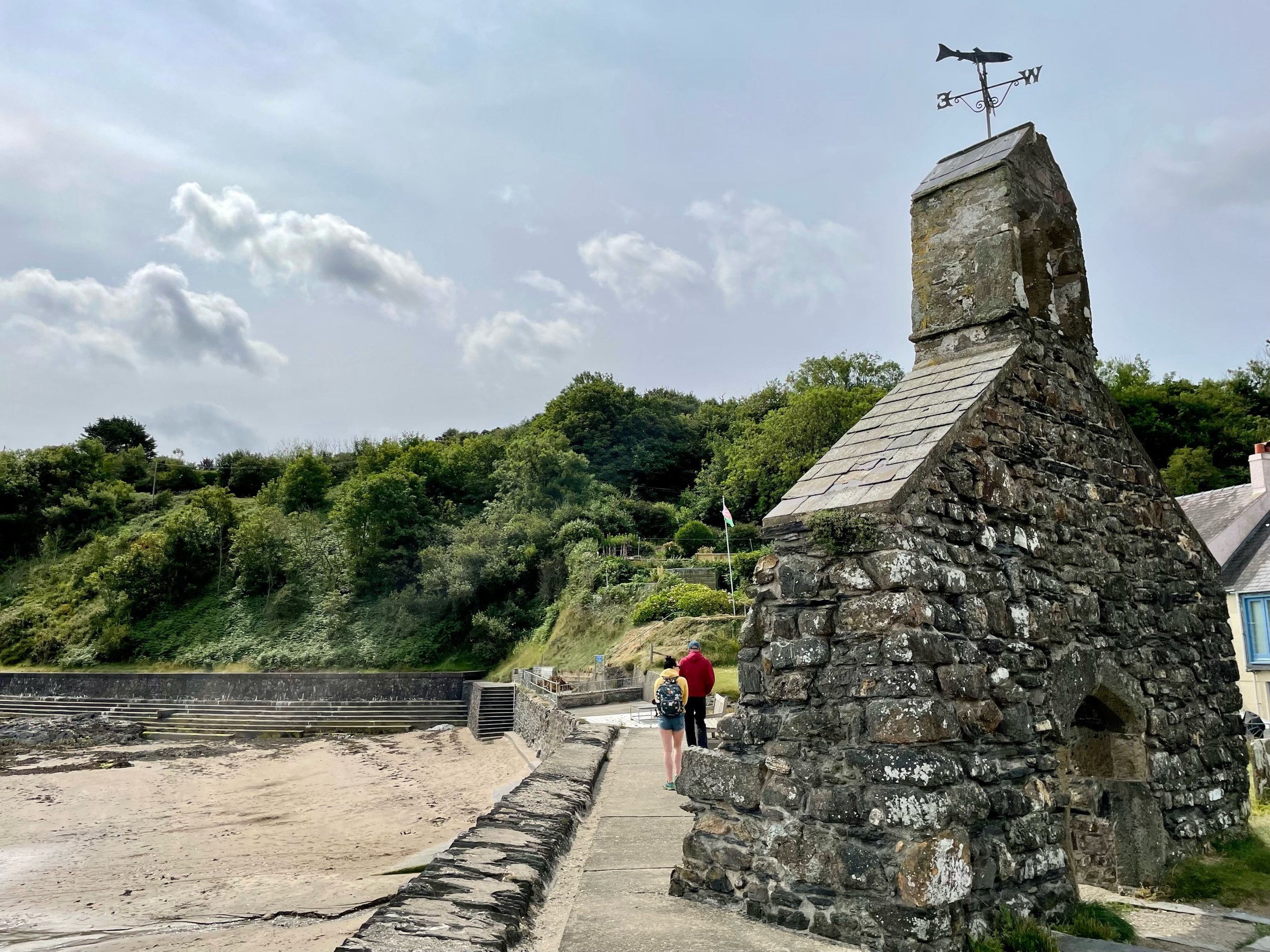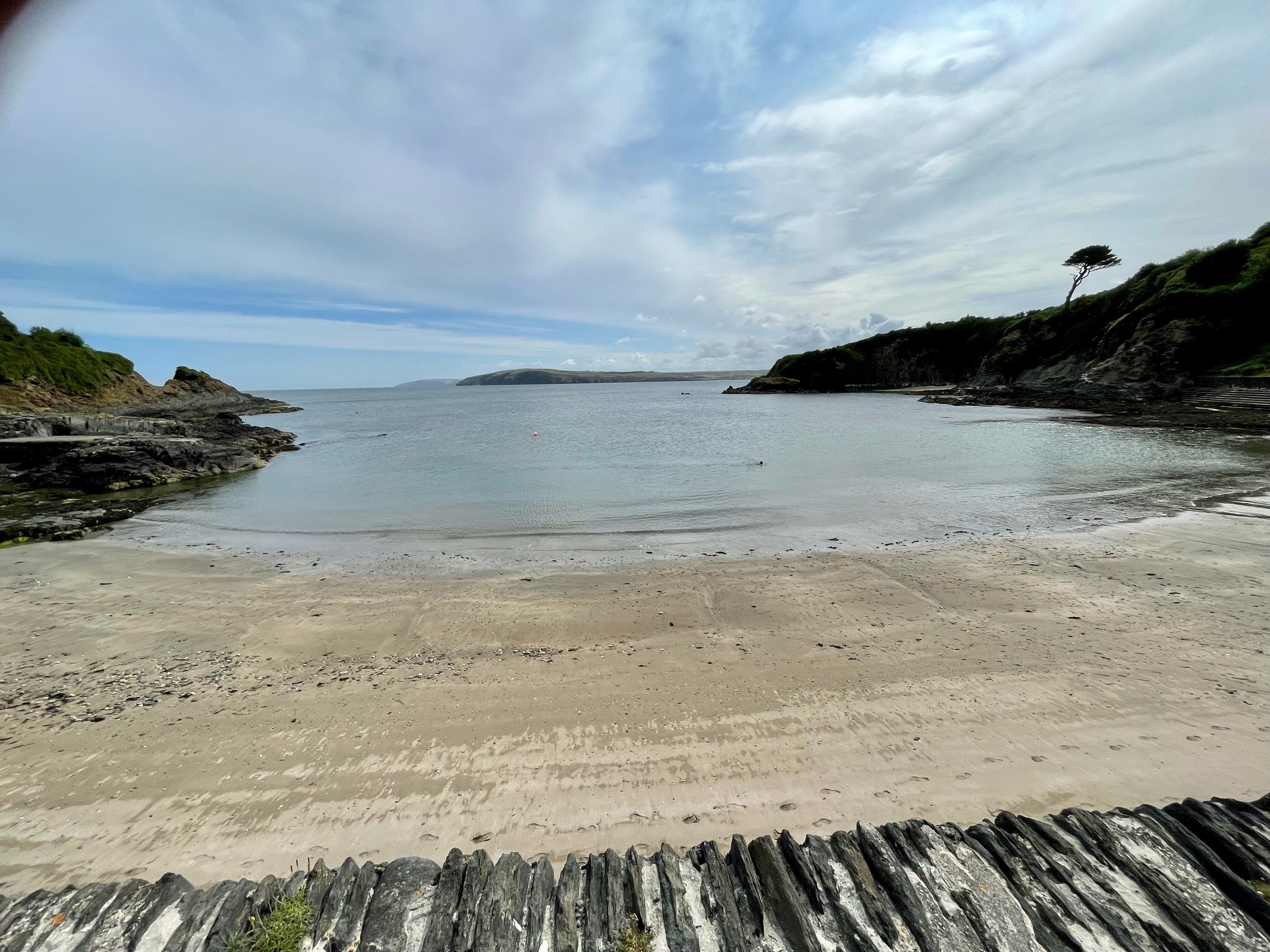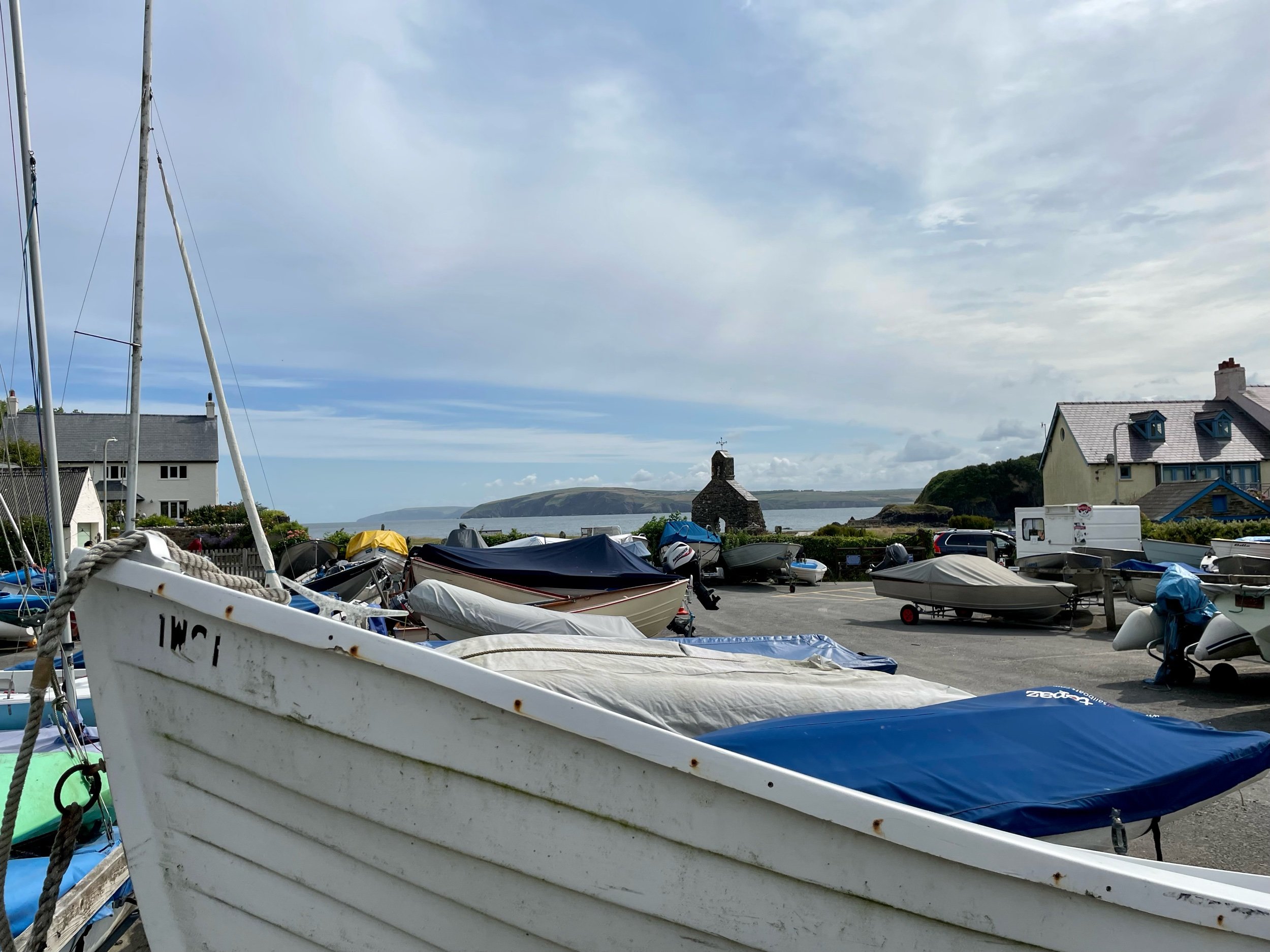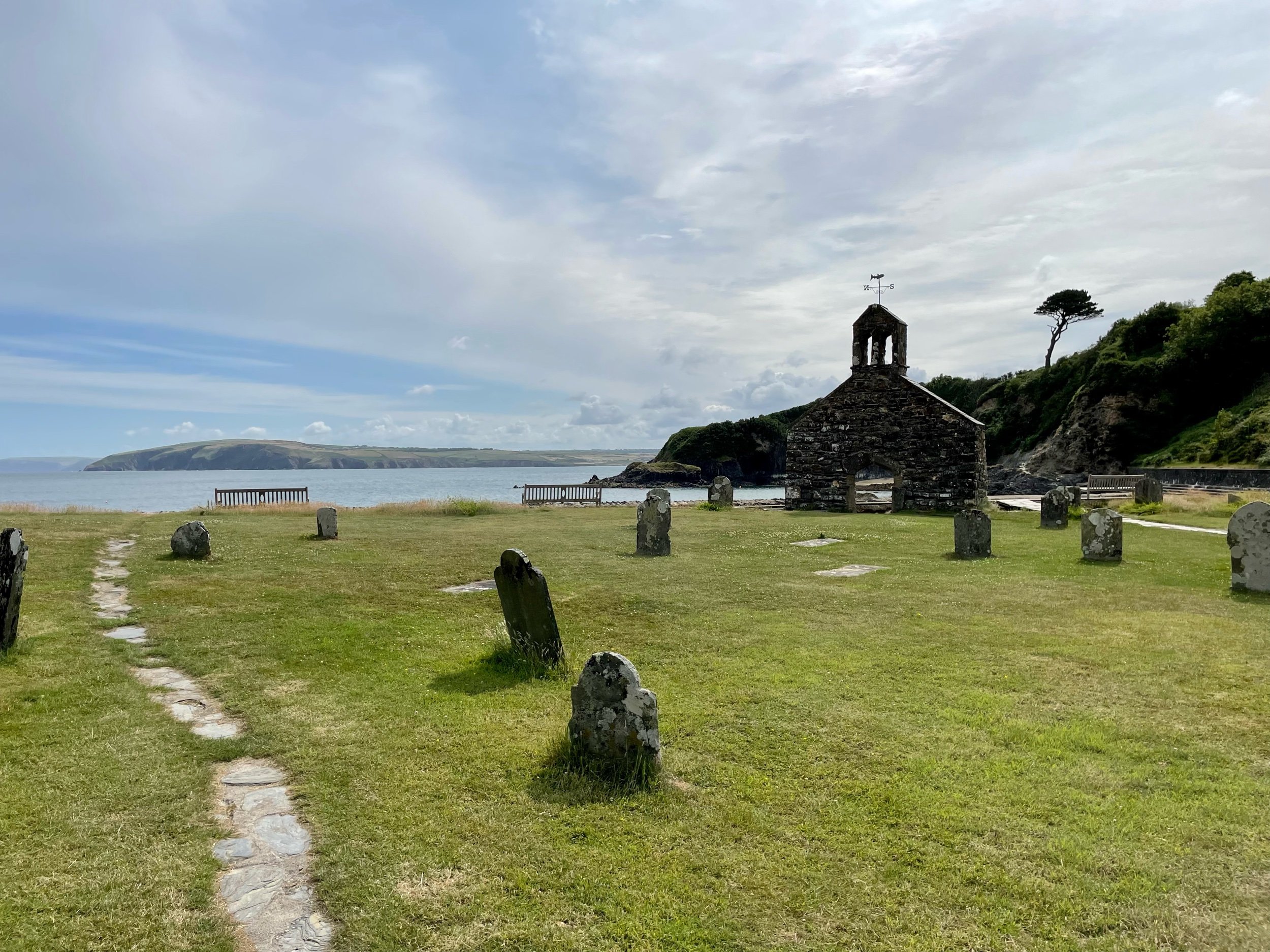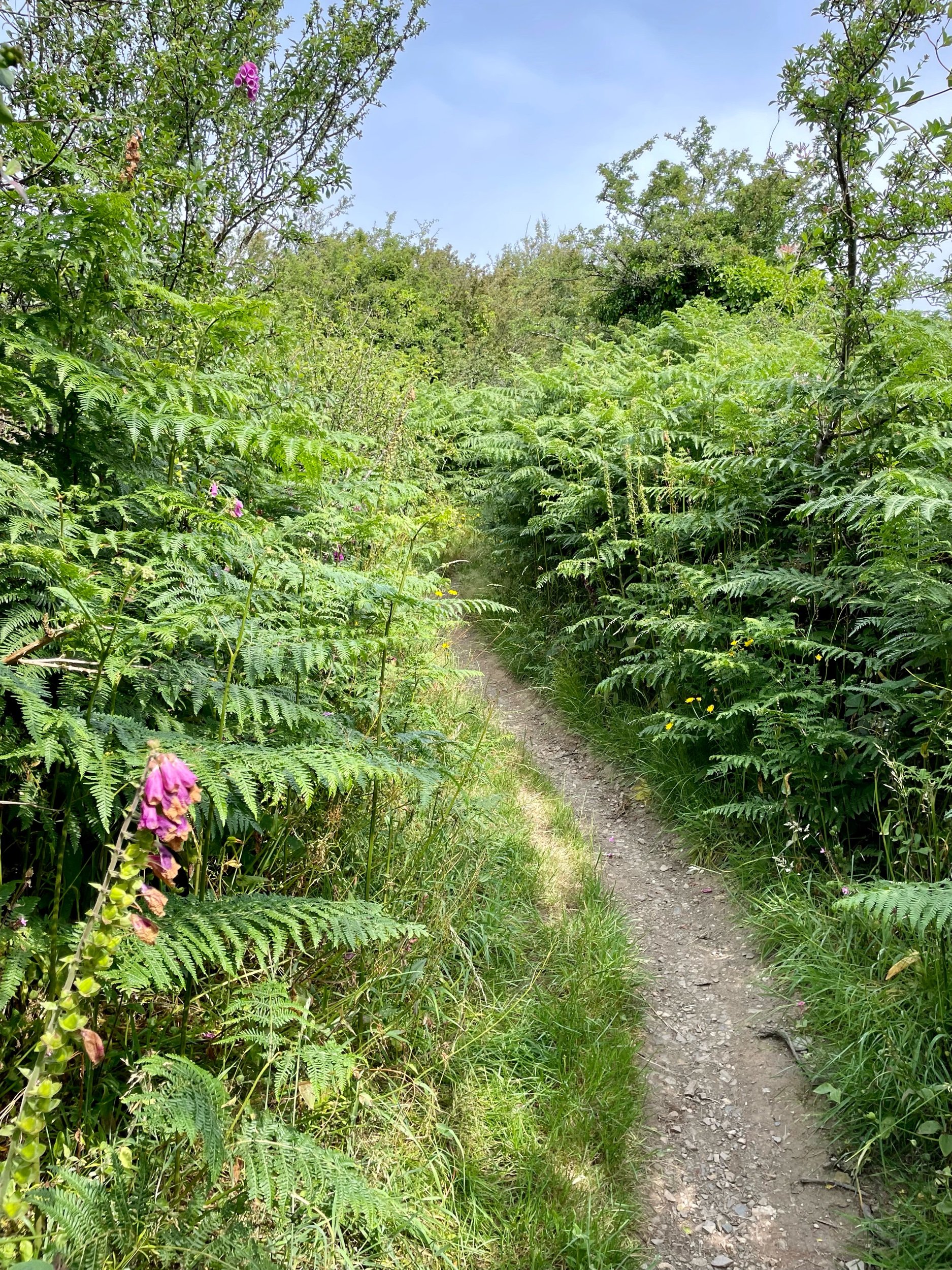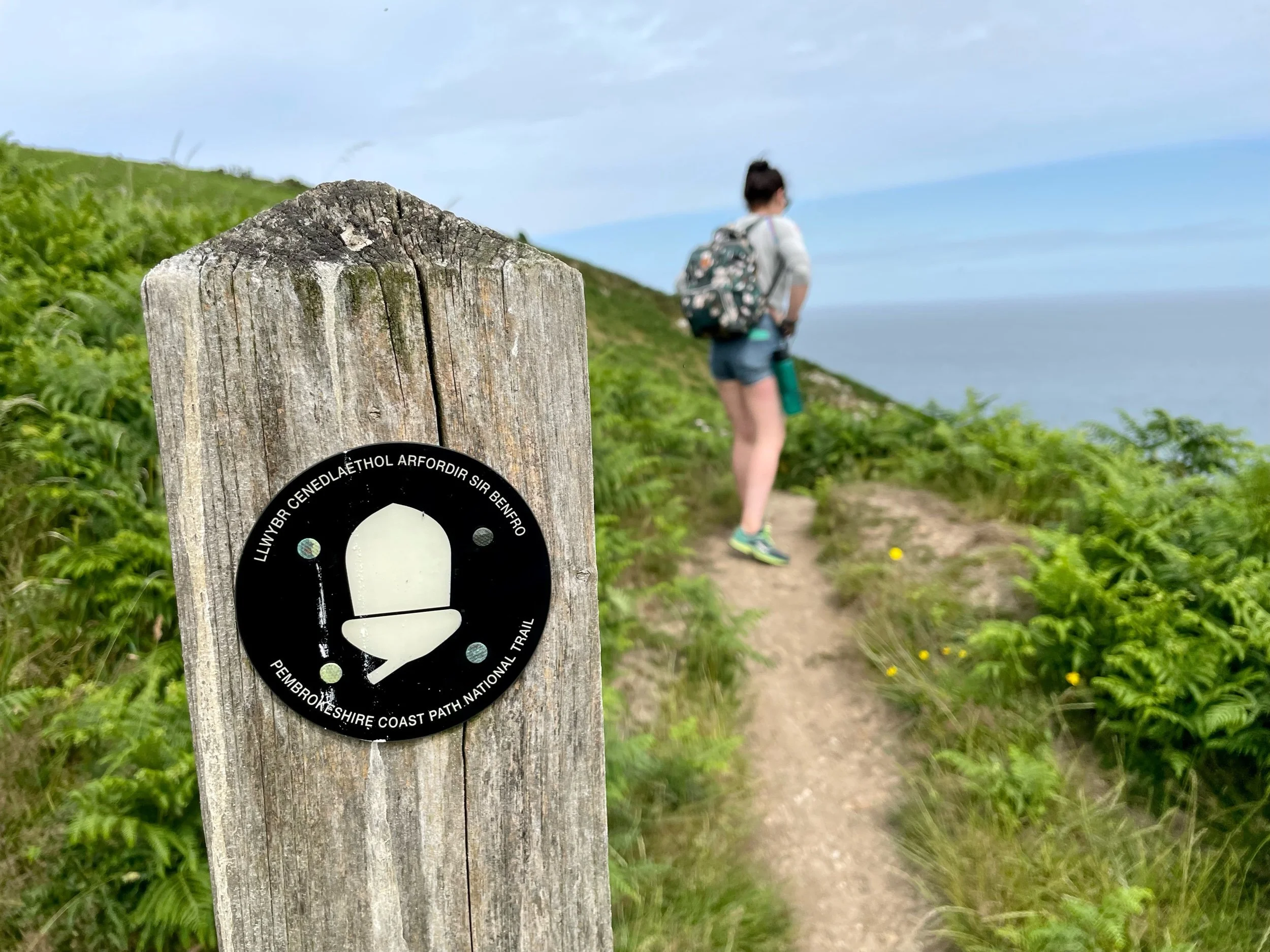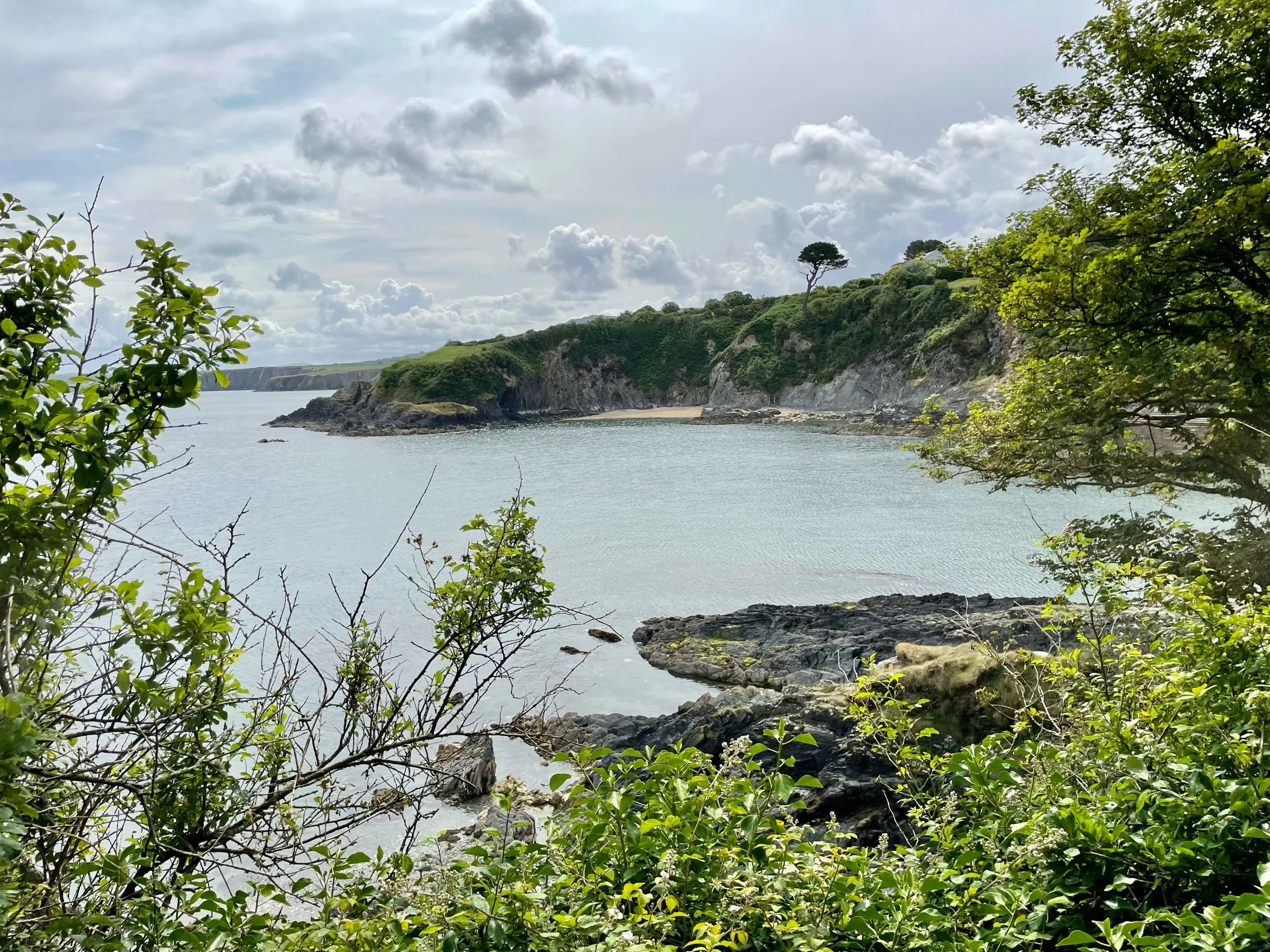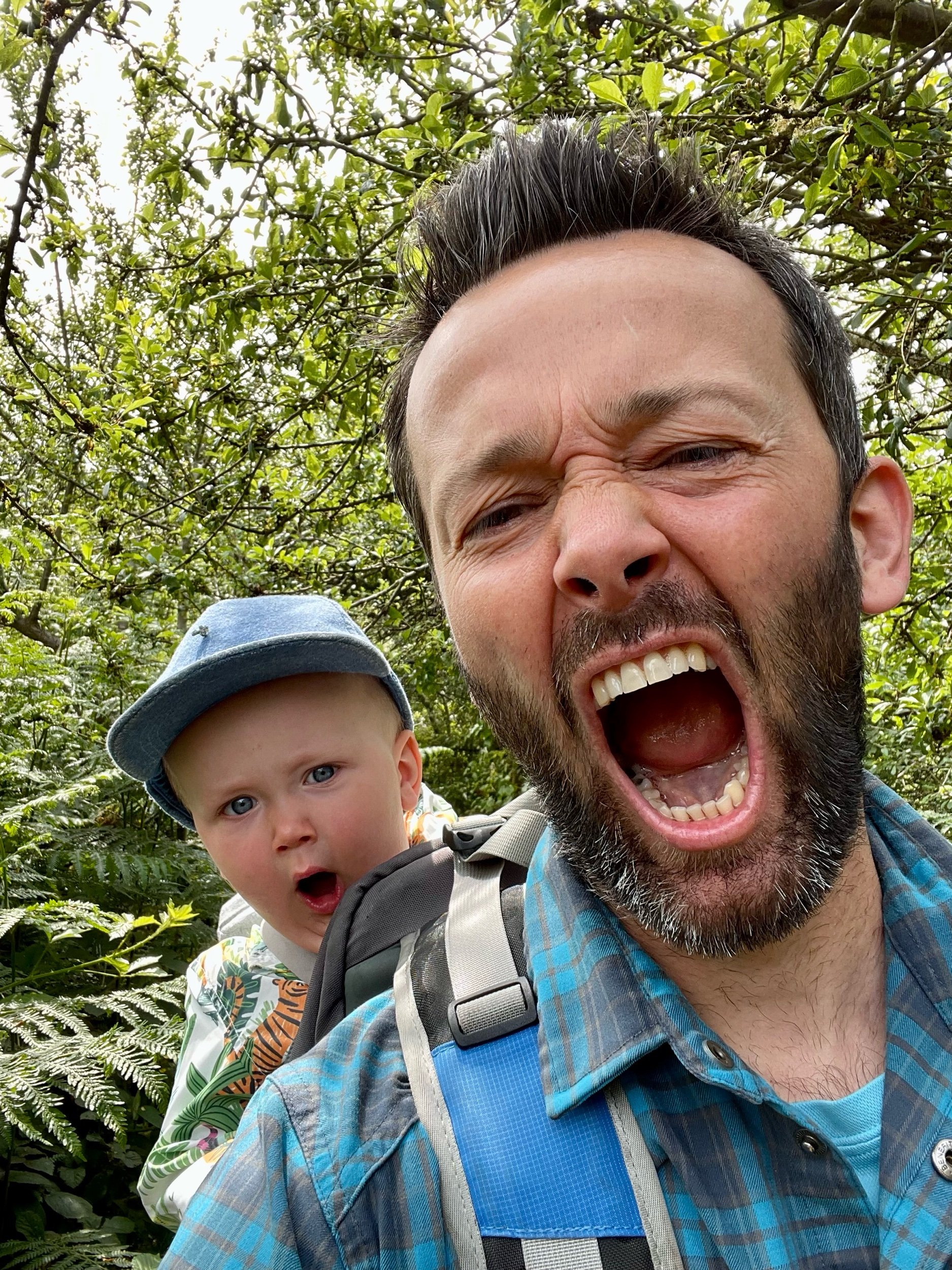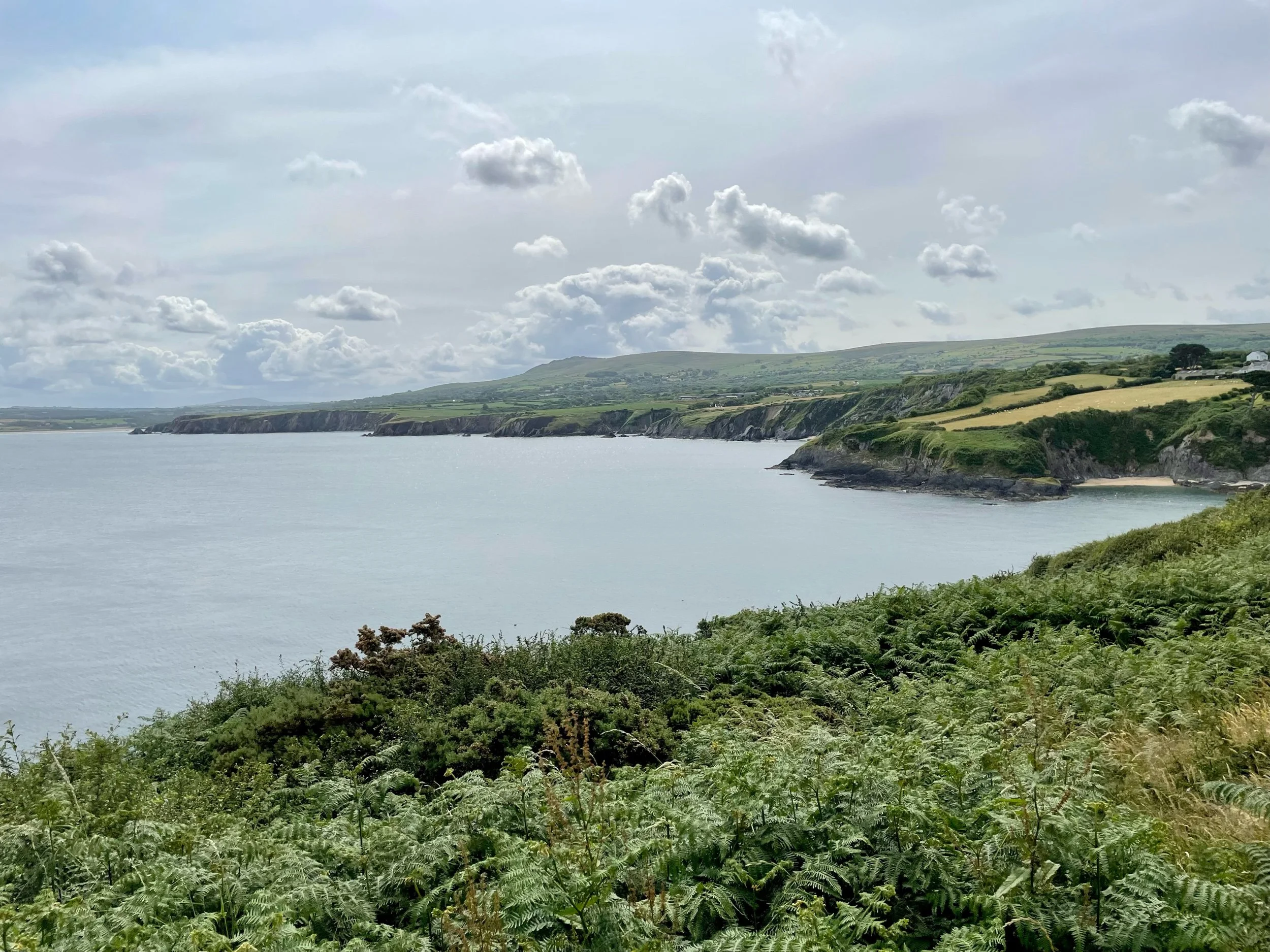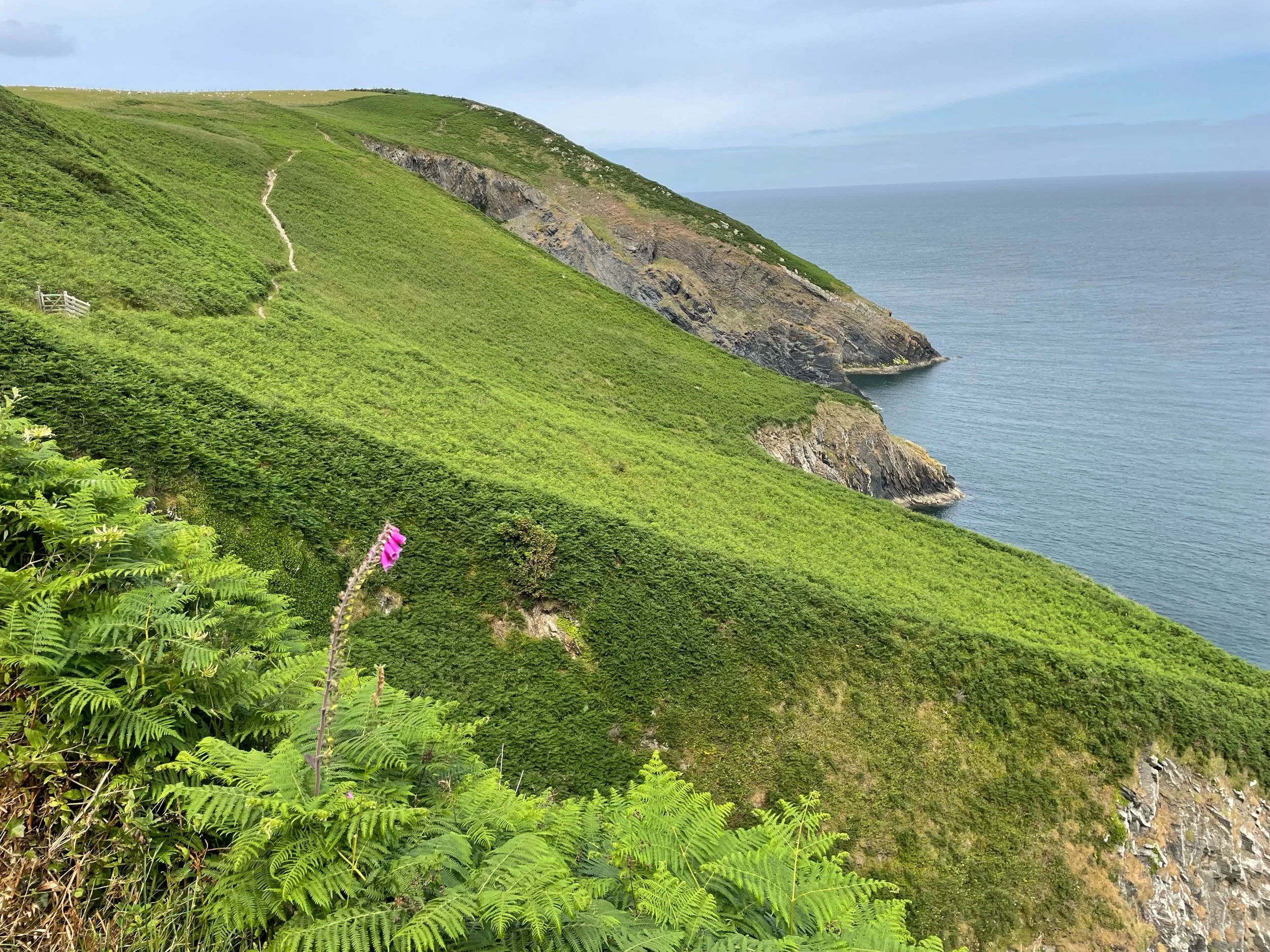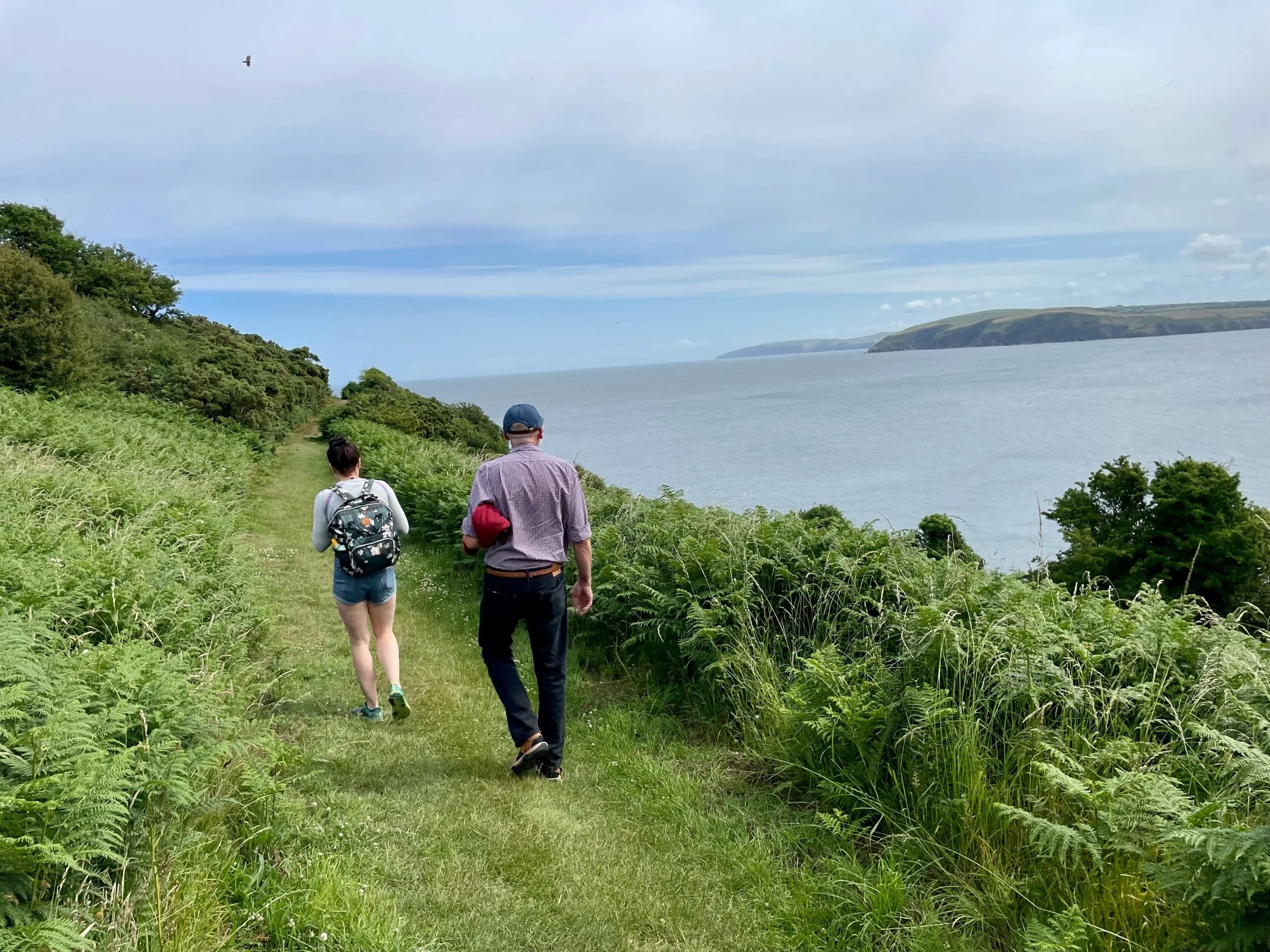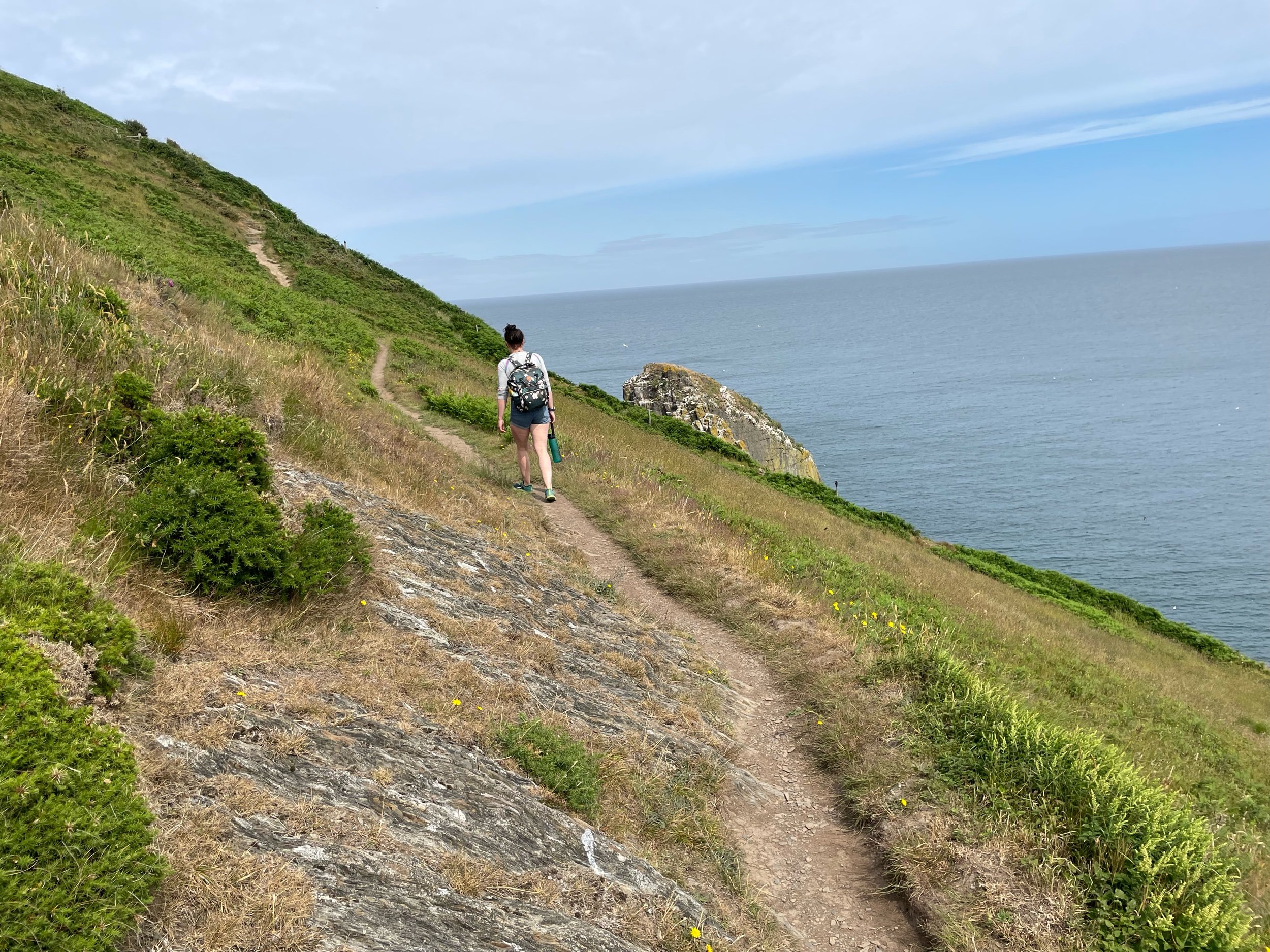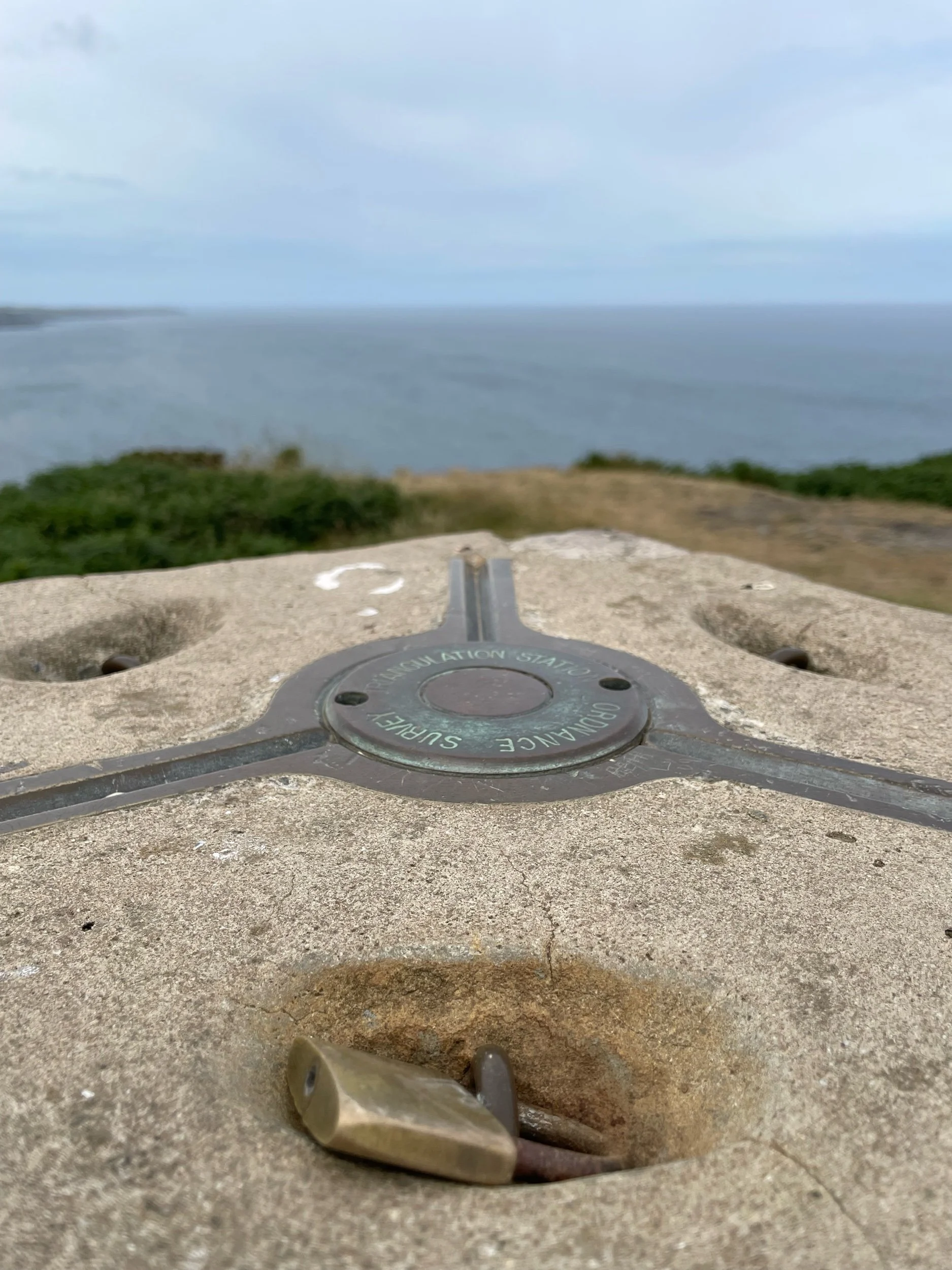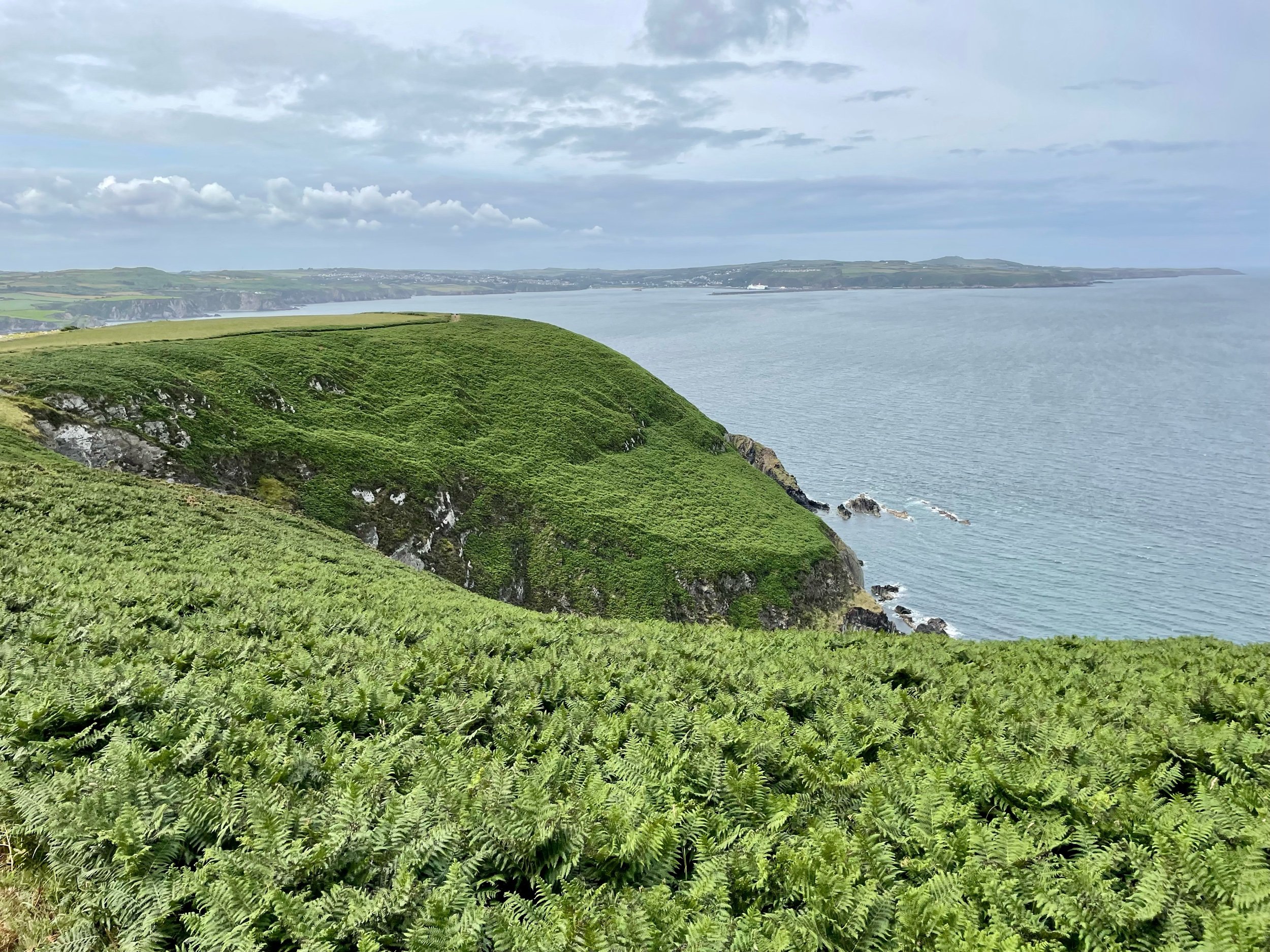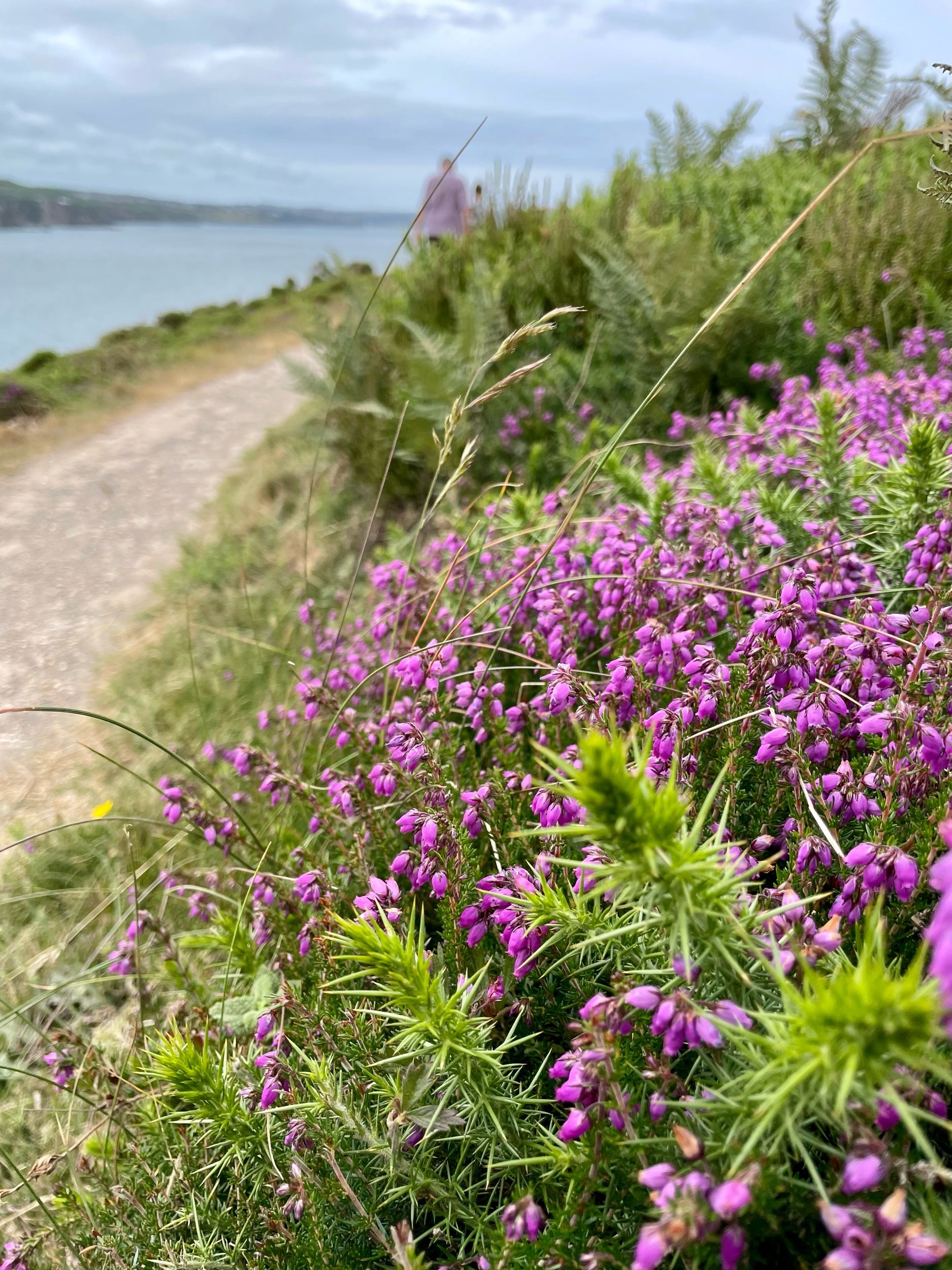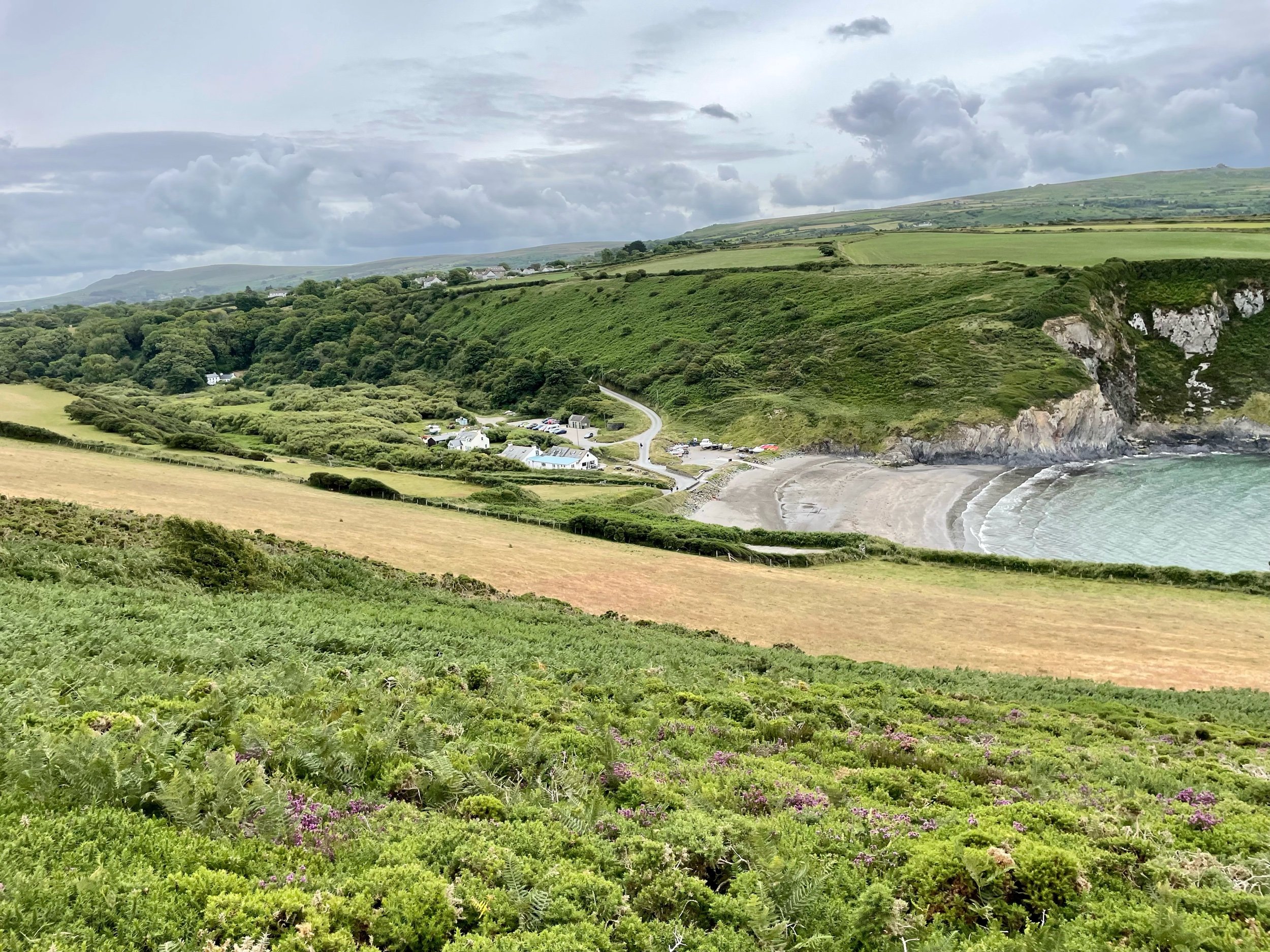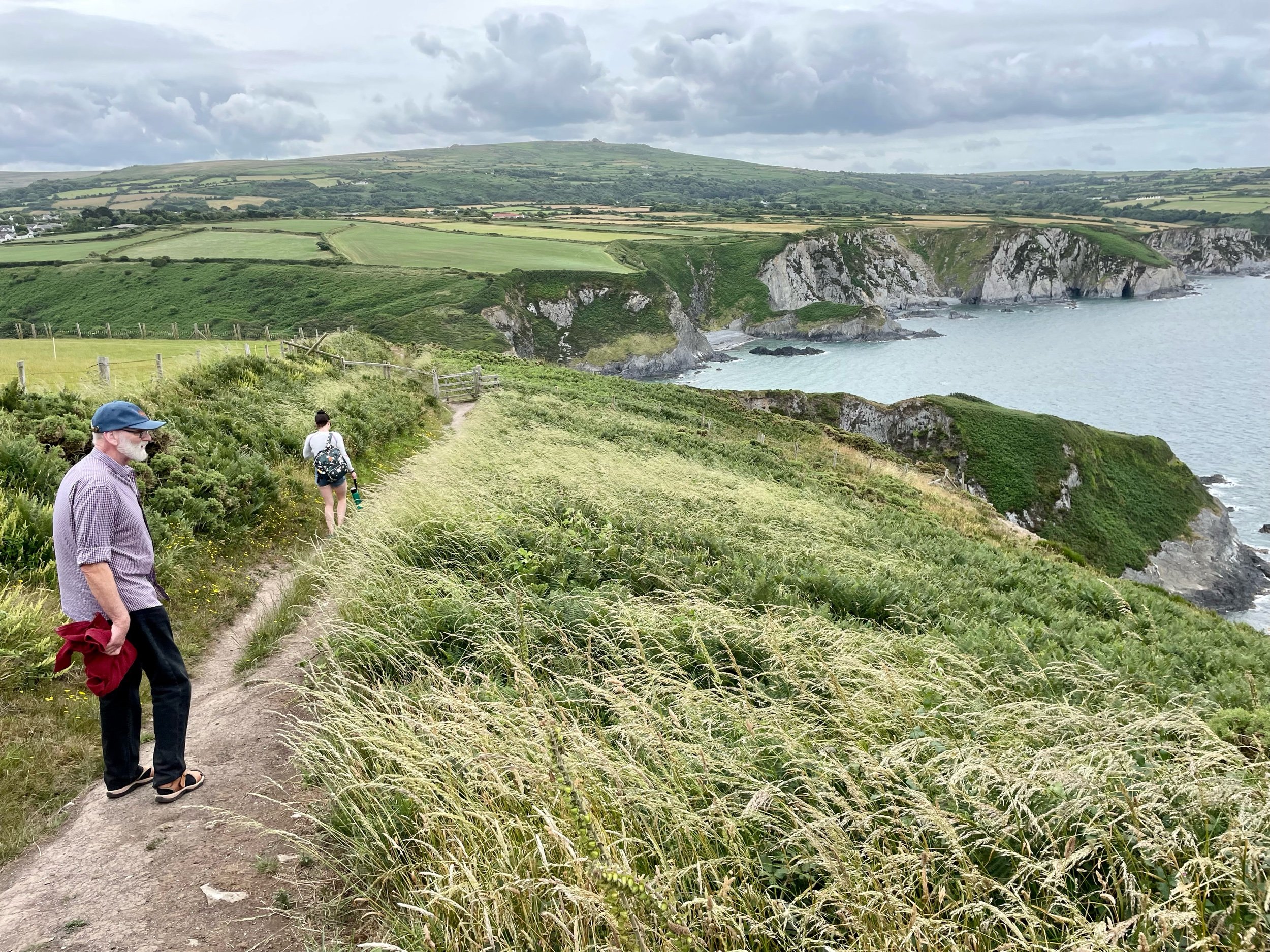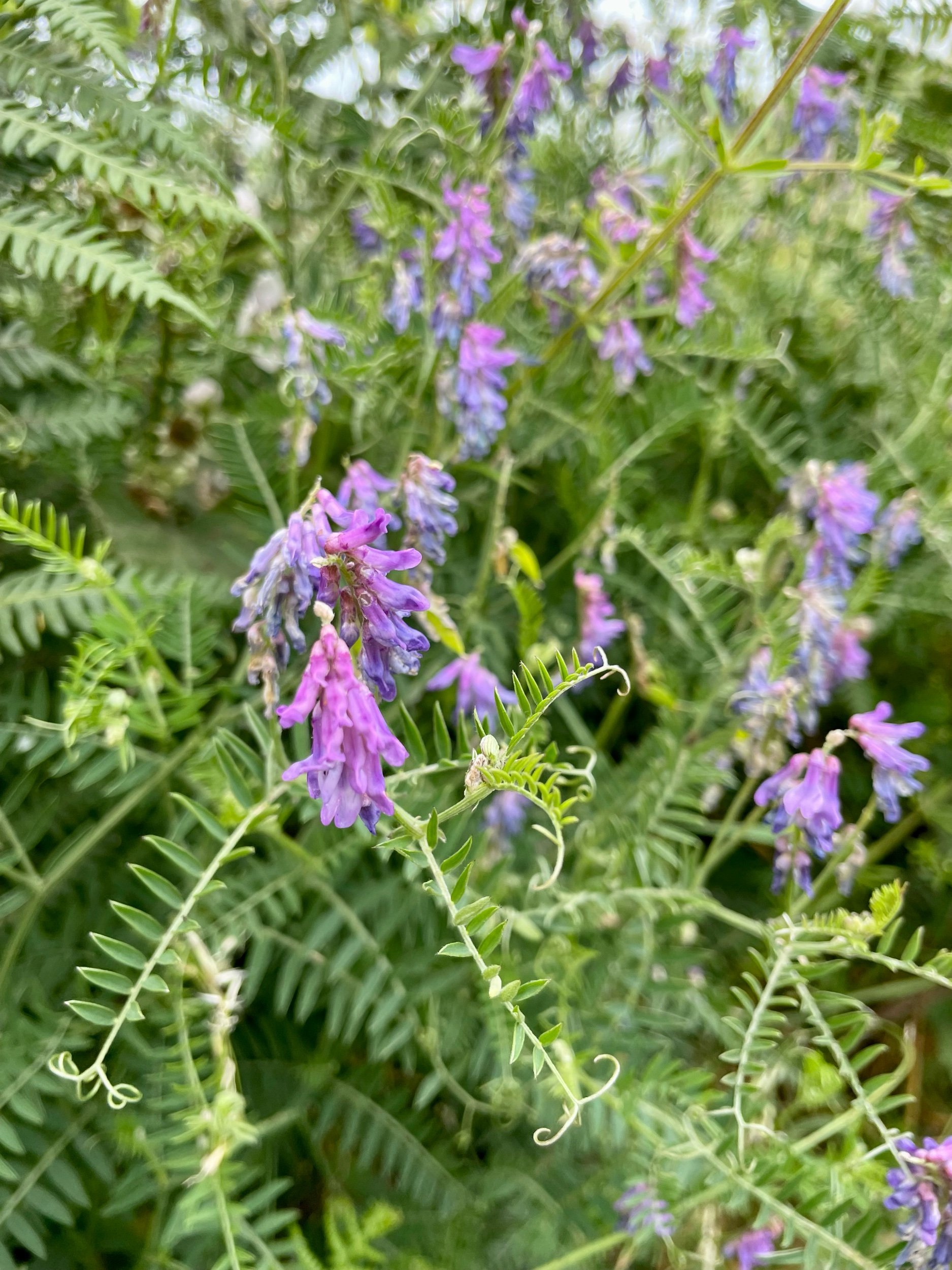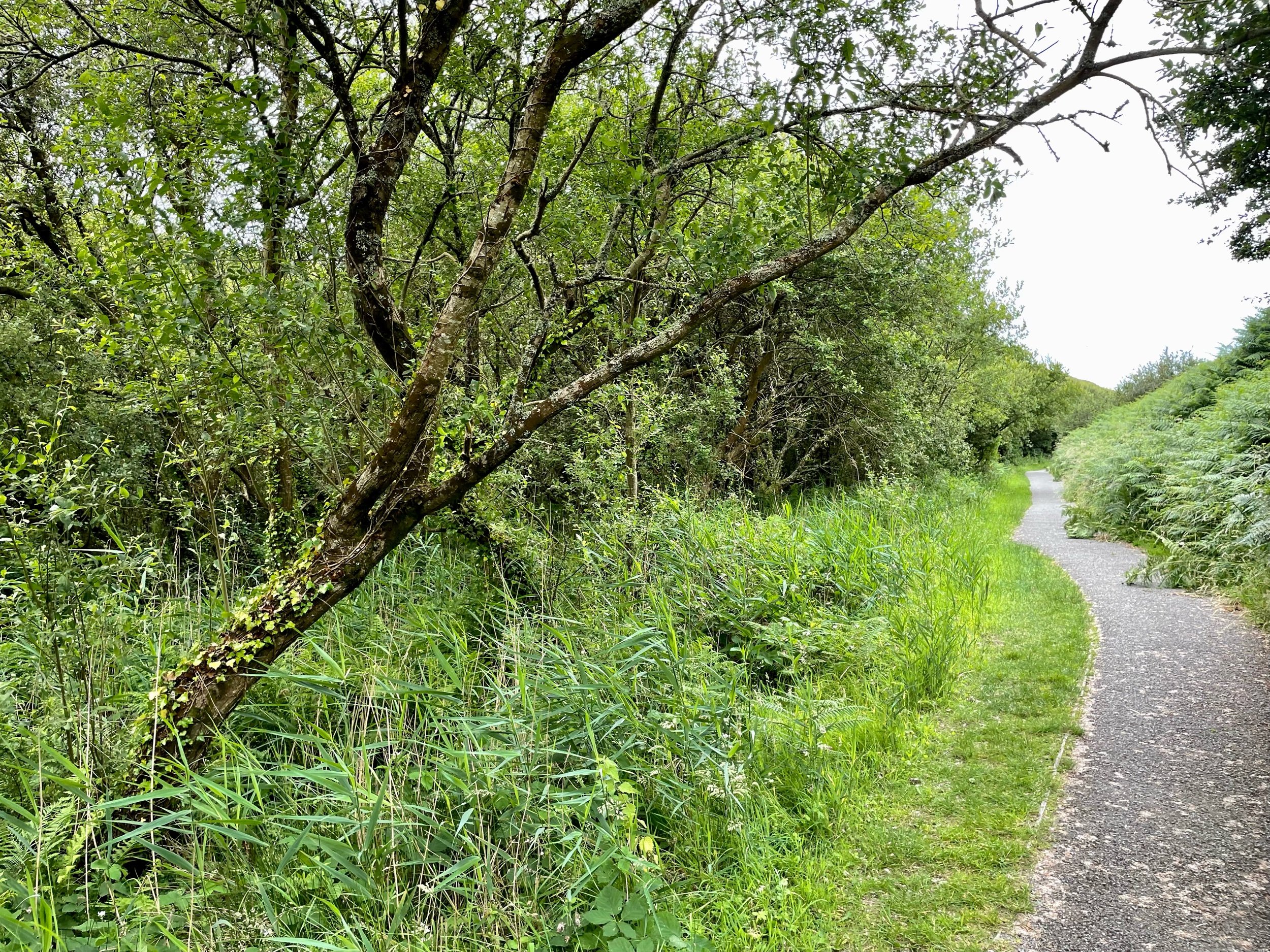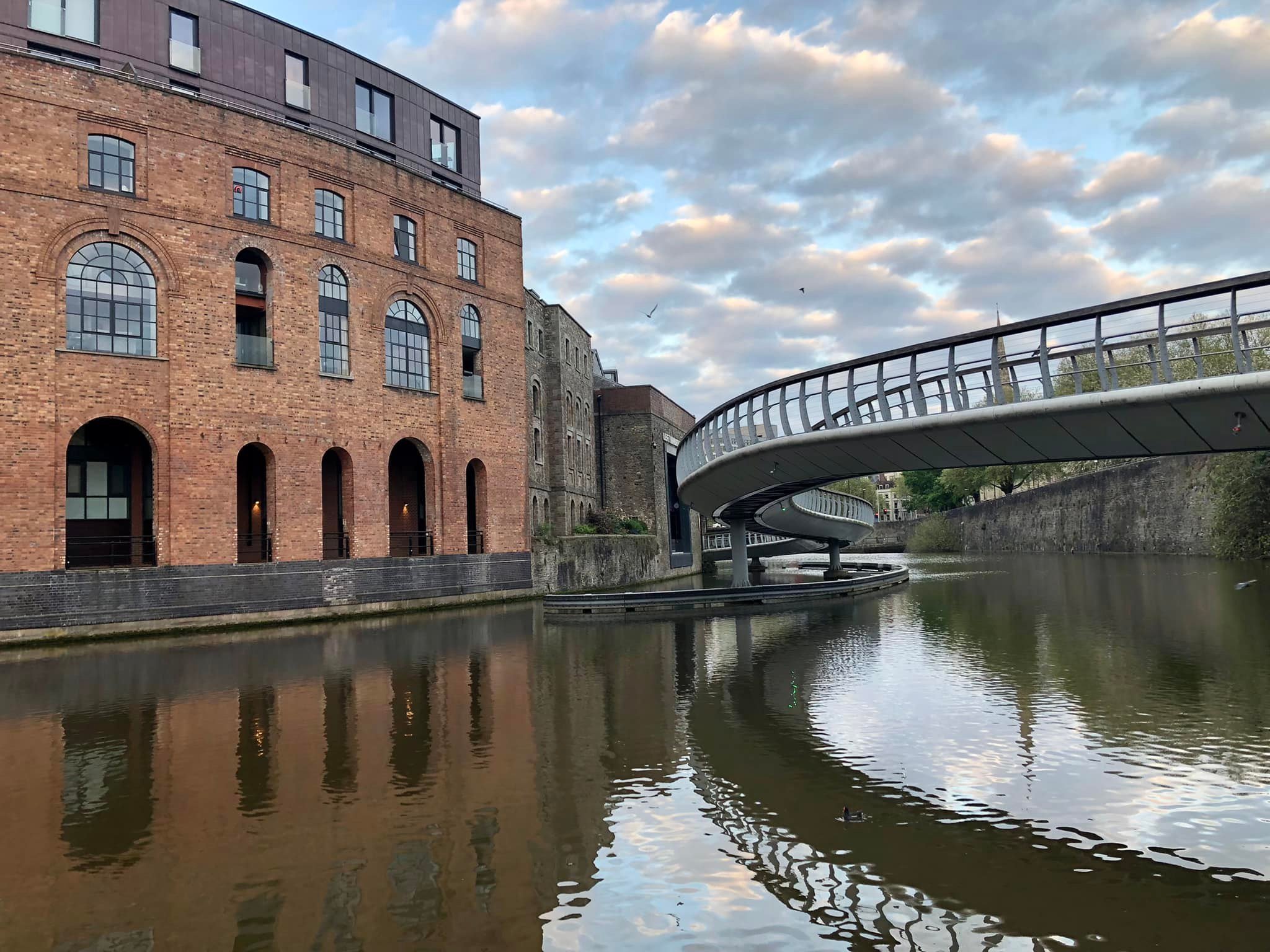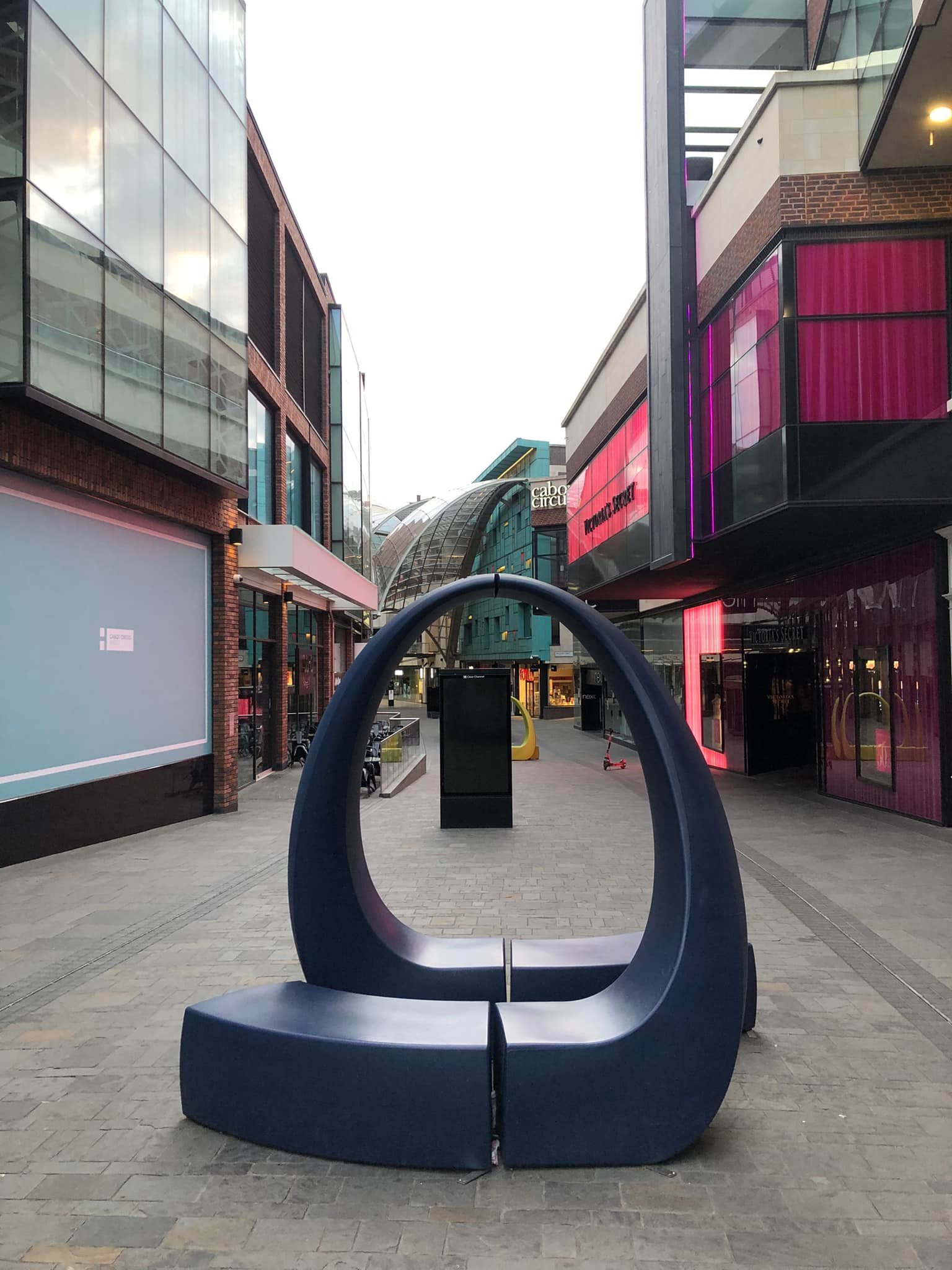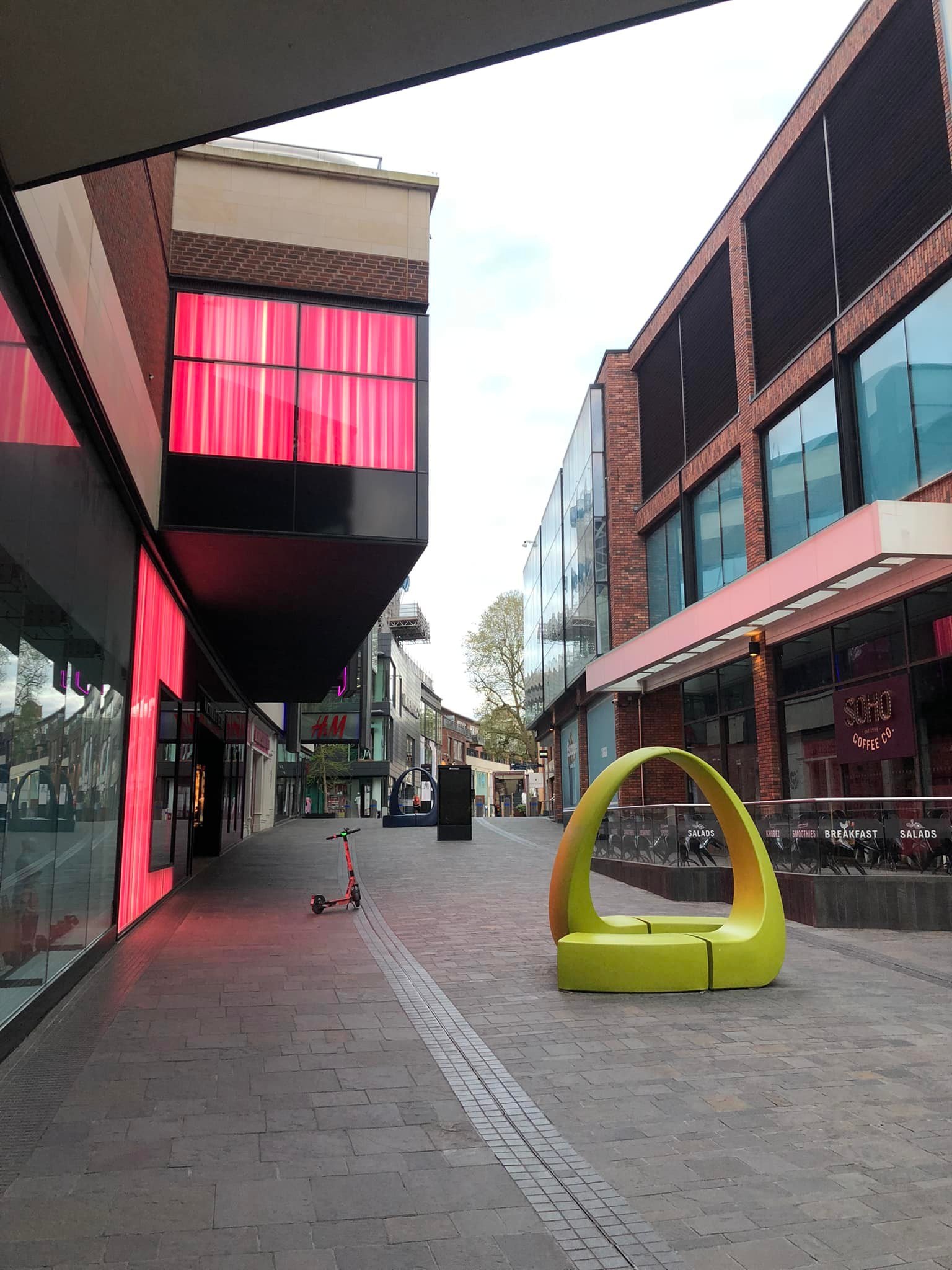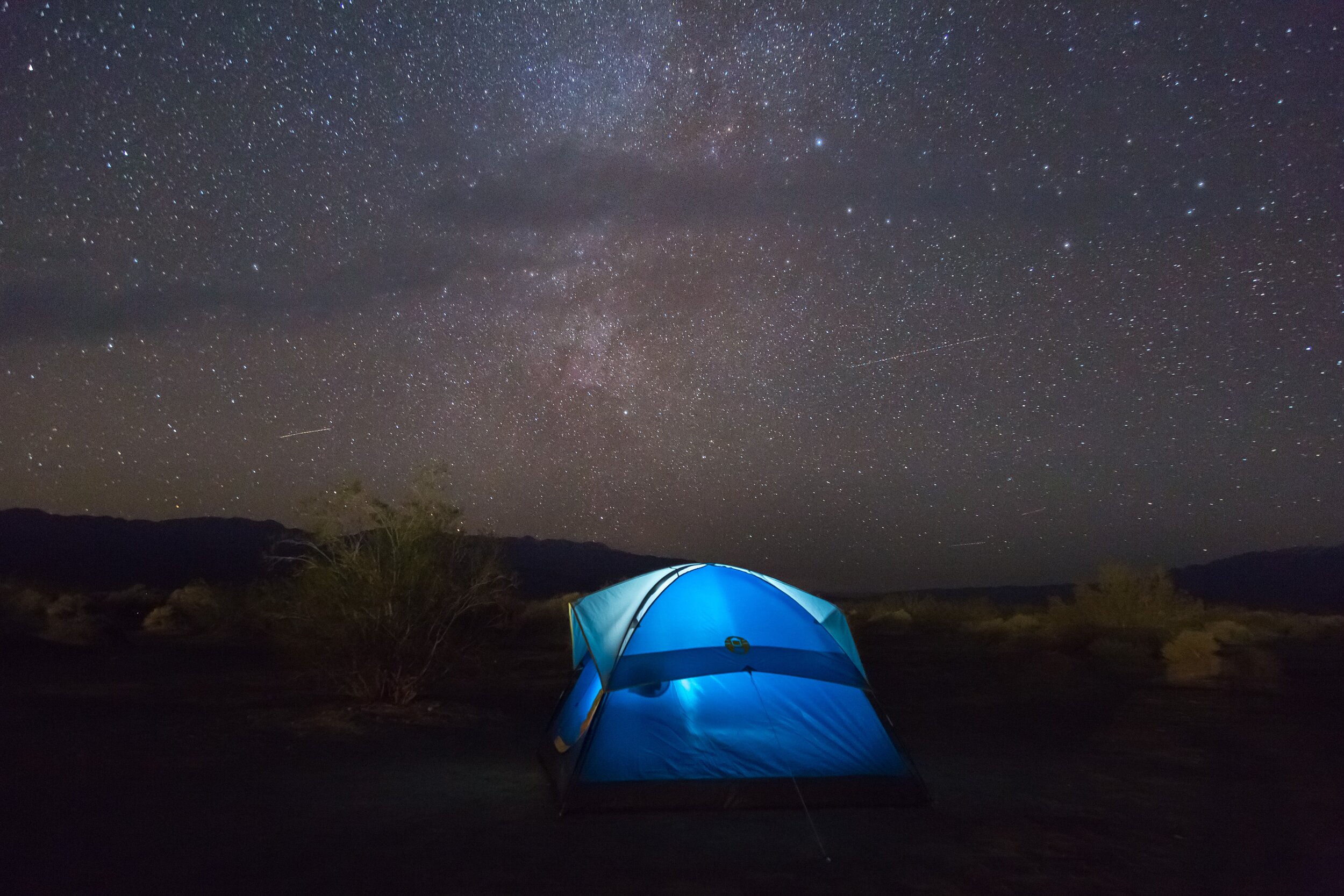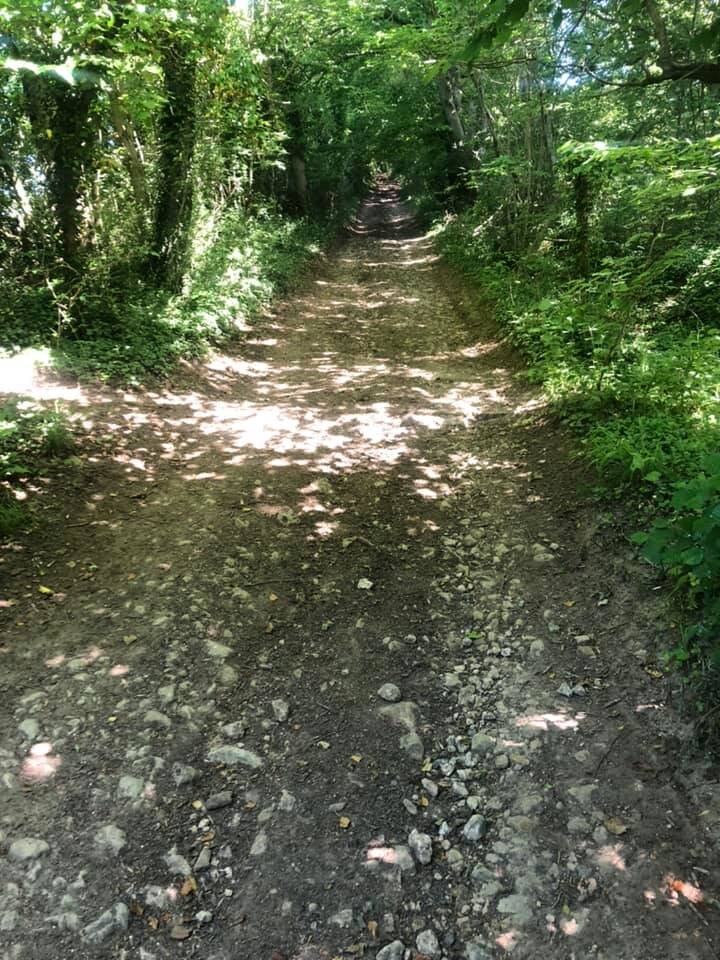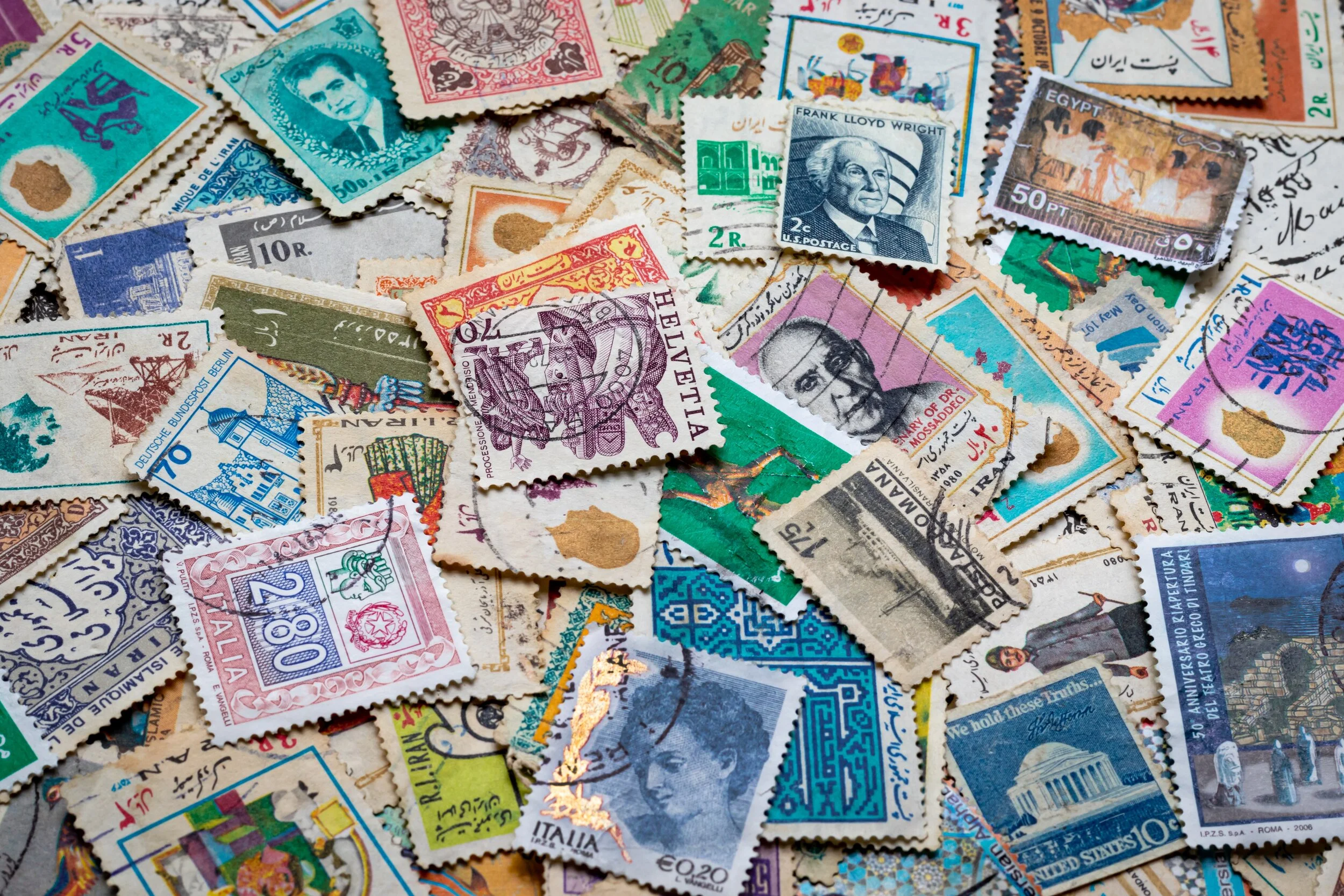Fresh orange juice. What do you reckon, is it good or bad for you?
THE ‘GOOD’ ARGUMENT
Well, you could consider it good if you looked at the vitamin C content - that’s really important for a healthy body.
And you might say it was good if you noticed that this bottle (in the image above) was from 100% pure juice, no added sugars or additives, only the natural ones you’d find in the fruit, plus the water.
THE ‘BAD’ ARGUMENT
Of course, you could look at the research into fruit juice and see that drinking it regularly seems to be only mildly less harmful than regularly consuming fizzy drinks.
It’s high in sugar (there are 26 oranges in this carton according to the label). Say you drank all of it over a week, one glass a day. That’s over 3.5 oranges worth of sugar in every glass and you’d never eat that many in one go. The fibre content that’s still present when the fruit is whole would satisfy you much more quickly.
So, looking at it this way, we could say that it might be bad for long-term risk of health problems related to sugar consumption like weight gain, type 2 diabetes, and tooth decay.
ANOTHER WAY: BETTER OR WORSE
The problem with the ‘good’ or ‘bad’ way of working is that it oversimplifies things, like a Brexit debate! There’s no nuance, no balanced view.
It confuses people and causes many arguments. Some will freeze and take no action at all because they hear one thing from one source and one from another. And that’s the worst possible outcome.
The terms ‘good’ and ‘bad’ can also become over-generalised. People will say that their diet is bad when, in reality, some parts might be whilst others might not. And, by extension, people might then start to see themselves as bad, bad at sticking to healthy habits, or worse still, bad as a personality trait, affecting their self-esteem negatively.
Let’s get back to the orange juice debate. It’s clear that there are both good and bad elements to drinking orange juice (and to almost anything related to nutrition, exercise, or wellbeing).
What if we looked at it instead from a ‘better or worse’ way of working then?
Meet Jason (as in Jason Orange). He drinks a glass of orange juice with added sugar every day with breakfast.
If he looked at this situation through the ‘good or bad’ lens, it might not go well. He likes orange juice but now he feels guilty about drinking it, so he switches to plain water. It doesn’t last long though, he doesn’t like the taste, so he quickly goes back to his orange juice every day, a bigger glass now because he’s missed it.
What if Jason used a better or worse approach? It could be worse. He might be:
Drinking the whole carton every time!
Combining it with a big bag of pic ‘n’ mix sweets for breakfast.
Drinking bottles of fizzy pop throughout the day too.
Having whiskey on his cornflakes!!!
Ok, so there are clearly worse options. But yes, there are some better ones too. He considered some ways to work towards a better habit and thought that maybe he could:
Drink a smaller glass of orange juice each day.
Have a glass every other day, and then maybe, in time, fewer days a week.
Switch to a not-from-concentrate variety that at least has no added sugars.
Mix a little of the orange juice with water so he still gets the taste he enjoys but dilutes the overall sugar content.
All are better choices and would help him move in a positive direction towards better health. These small changes may be more easily sustainable too, and might lead to other positive changes.
Or maybe the rest of his dietary habits are already bloody brilliant anyway! Because that’s another thing about the good and bad approach with nutrition. It takes each thing in isolation. ‘That’s a good food’, ‘oh no, that’s a bad one’. It doesn’t consider the overall balance to the diet. Whereas, if we say, these things are on the better end of the scale, these are towards the worse end, then we can gradually try to shift everything along a bit until we’re in a much better place.
And hey, if you look the way you want, feel the way you want, and your health test scores are coming up roses, then you’ve got a good balance. If you’ve achieved that and you’ve still got one or two ‘worse’ choices in your diet, that’s cool, it’s working for you right now.
You’ll need to keep checking your balance regularly of course. In the same way you check your bank balance, things can change over time and you might need to make tweaks here and there to make something better and keep you where you want to be.
IT’S THE HABITS THAT COUNT
One final important thought. Very few things that you eat or drink will cause you harm if you have them once. That isn’t the problem. The problem (and the solution) comes with what we do most frequently over a period of time.
If I live on chocolate bars and fruit juice for months on end, I’ll likely have issues with my weight, energy levels, and health. But if I have a chocolate bar once a week or a glass of fruit juice with my weekend breakfast, I probably won’t. It’s not the food or drink that’s good or bad, it’s the frequency and consistency with which I consume them.
Equally, fruits and vegetables aren’t magic potions. Eating them once doesn’t make us healthy. Having them consistently over time is what makes them ‘good’ foods.
Does that all make sense? It’s been a big part of my balance philosophy when working together with clients for many years and we seem to have had some great success with the approach. I’d love to know what you think. Please do get in touch and let me know your thoughts on it.
P.S. Remember, even this approach is not good or bad. It’s just a way of looking at the situation. It might be a better way for some, a worse one for others. That’s the joy of the individual things that make every human being different and make the coaching process a joy to work through with them!
